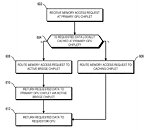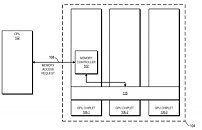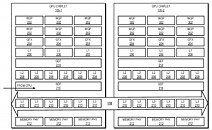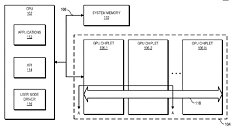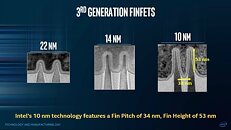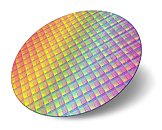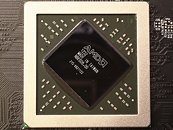
AMD Patents Provide Early UDNA Insights - "Blackwell-esque" Ray Tracing Performance Could be Achievable
Last September, AMD leadership publicly revealed UDNA—an "unforking" of previously separate enterprise and commercial GPU branches. Not long after this announcement, TechPowerUp's resident Serbian correspondent—AleksandarK—sat down with Team Red's Andrej Zdravkovic. The Chief Software Officer (and SVP) stated that a fair chunk of UDNA-related development work would be done by local engineers. Zdravkovic discussed this technology's eventual deployment in futuristic "AI PCs," but gamers have been salivating at the prospect of a proper successor to RDNA 4. A next-gen graphics architecture seeker—MrMPFR—has combed through official documents for any sign of UDNA preview material. The noted /Hardware subreddit member managed to distill their initial (very long) set of findings into an "easily digestible overview." They stated that this was just a small case of: "reporting and a little analysis on AMD's publicly available US patents filings," and other public-facing resources/archives.
Gleaned information included: "finalized architectural characteristics in future RDNA generations, AMD DXR IHV stacks (driver agnostic), and AMD sponsored titles. But please take everything with a grain of salt given my lack of professional expertise and experience with Real-time ray tracing (RTRT)". MrMPFR believes that Team Red started picking up former NVIDIA and Intel engineering talent, back in 2022/2023. In addition, a lot of new hires were apparently sourced from academic institutions. In theory, these newer team members have not had the time to make major inroads—in terms of getting finalized products out into the wild. MrMPFR reckons that noticeable contributions will accelerate AMD's making of "RDNA 6+/UDNA 2+," and beyond. Early 2025 leaks have pointed to the company collaborating with Sony; their "PlayStation 6" console is tipped to be powered by some fork of Team Red's "UDNA" graphics technology.
Gleaned information included: "finalized architectural characteristics in future RDNA generations, AMD DXR IHV stacks (driver agnostic), and AMD sponsored titles. But please take everything with a grain of salt given my lack of professional expertise and experience with Real-time ray tracing (RTRT)". MrMPFR believes that Team Red started picking up former NVIDIA and Intel engineering talent, back in 2022/2023. In addition, a lot of new hires were apparently sourced from academic institutions. In theory, these newer team members have not had the time to make major inroads—in terms of getting finalized products out into the wild. MrMPFR reckons that noticeable contributions will accelerate AMD's making of "RDNA 6+/UDNA 2+," and beyond. Early 2025 leaks have pointed to the company collaborating with Sony; their "PlayStation 6" console is tipped to be powered by some fork of Team Red's "UDNA" graphics technology.













